Computing Systems: Devices
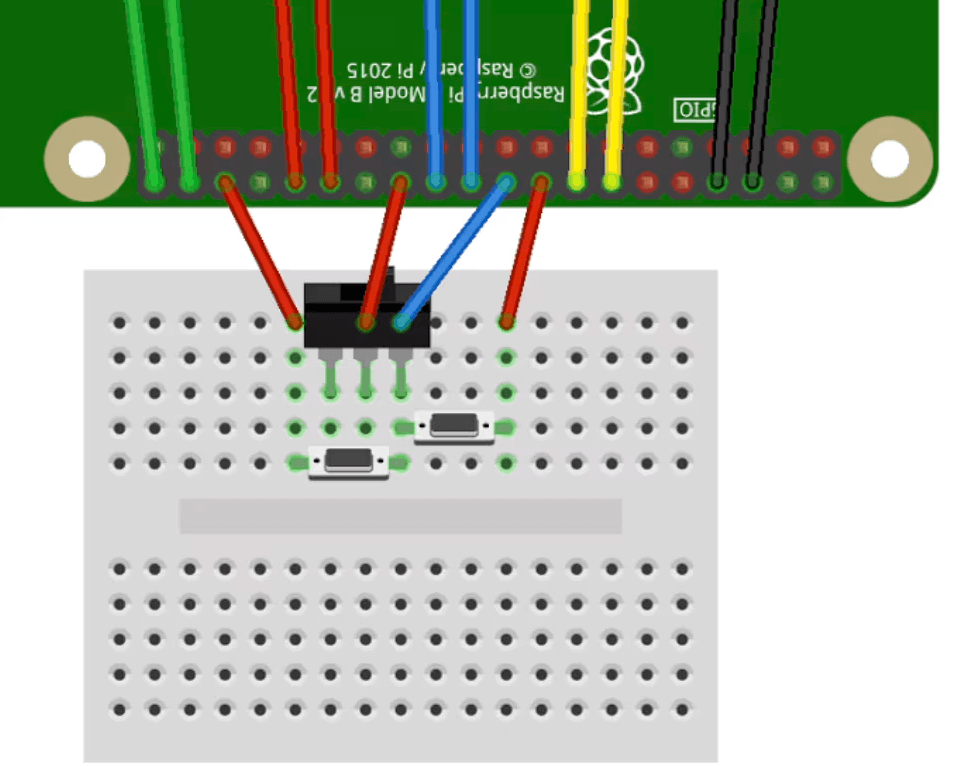
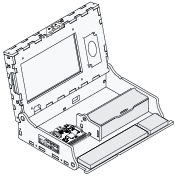 Piper Computer Kit
Piper Computer Kit
Having reviewed buttons and switches and learned about polarity, students will now look at parallel circuits with buttons and switches.
The stories are arranged as planets. The story for each planet will guide students through the fundamental concept of wiring a circuit and understanding how switches and buttons on the breadboard work. As learners complete one story, the next one unlocks.
This lesson goes through the stories: Funky Fungi, Breadboard Bluffs, and Return to Cheeseteroid.Encourage students to go through the Breadboard Bluffs, Funky Fungi, and Return to Cheeseteroid worlds.
Review Piper Quick Guides for Funky Fungi, Breadboard Bluffs, and Return to the Cheeseteroid.
During this time, roam around the room, asking the essential questions* of this lesson:
*These checks for understanding help reinforce the learning of the science practices of planning and carrying out out fair tests in which variables are controlled and failure points are considered to identify aspects of a model or prototype that can be improved. (NGSS 3–5-ETS1-3.) (P.E.3.4.7))
At the end of this lesson, have student take the Summative Assessment.
Extension (could require another class period): Students use their pictures (or the one you provide) and sketch the circuits made for the Return to the Cheeseteroid and label all the parts. Provide the circuit diagram symbols, rulers, and instructions on how to draw one. They should draw circuit diagrams for each circuit, labeling all the parts.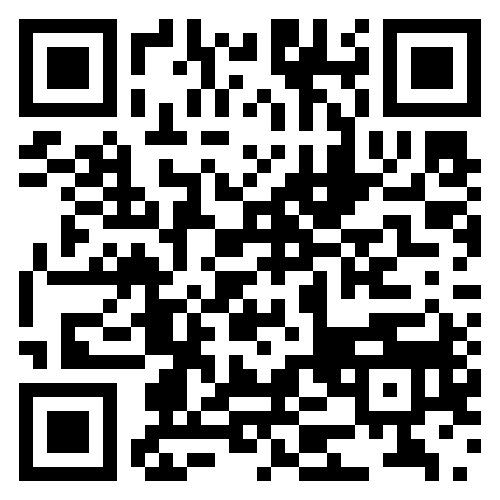 Electrician: Salary $61,590/yr
Electrician: Salary $61,590/yr
 Computer Hardware Engineer: Salary $132,360/yr
Computer Hardware Engineer: Salary $132,360/yr
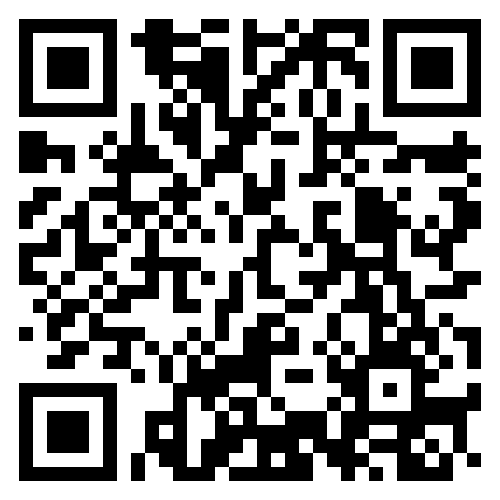 Agricultural Engineer: Salary $130,720/yr
Agricultural Engineer: Salary $130,720/yr
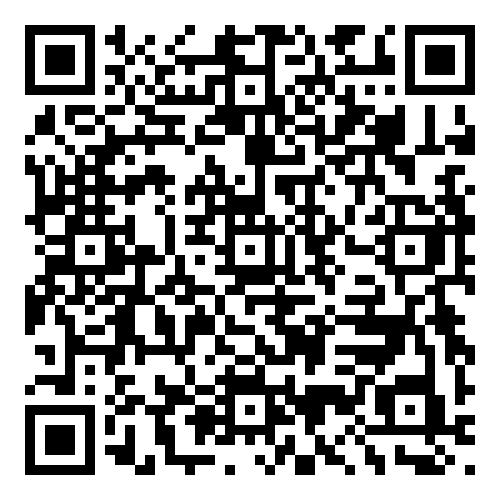 Environmental Engineer: Salary $96,530/yr
Environmental Engineer: Salary $96,530/yr
Below is a map of the StoryMode Planets
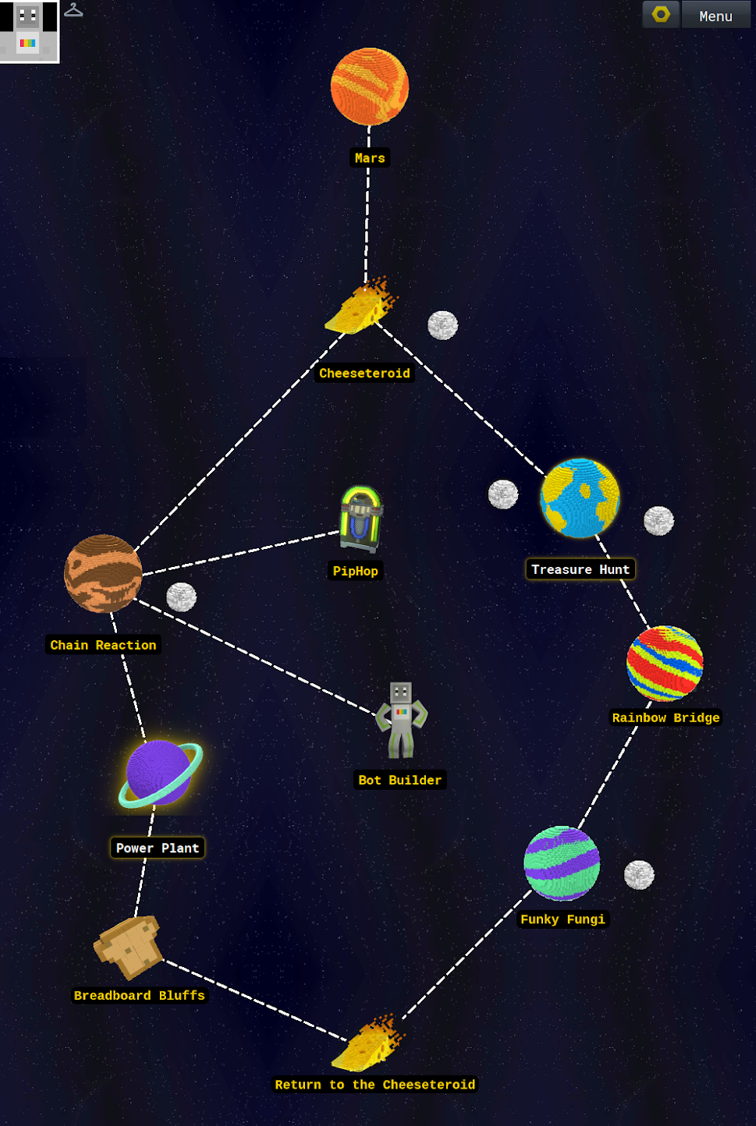
Parallel Circuit A type of electrical circuit where the components are connected in separate branches, so the electrical current splits and flows through multiple paths. This means that if one path is broken or turned off, the other paths can still carry electricity, allowing the rest of the circuit to continue working.
Electrical Current Electrical current is the flow of electric charge through a circuit.
Ground Pin A ground pin is a connection point in an electronic circuit that provides a common return path for electrical current. It helps complete the circuit by allowing excess electricity to flow safely away, which helps prevent damage to the circuit and keep everything working correctly.
We are excited to be aligned with the following standards.

| Concepts | Standards |
|
Computing Systems: Devices |
CA 3-5.CS.1 Describe how computing devices connect to other components to form a system. (P7.2) |
|
Computing Systems: Hardware & Software |
CA 3-5.CS.2 Demonstrate how computer hardware and software work together as a system to accomplish tasks. (P4.4) 6-8.CS.2 Design a project that combines hardware and software components to collect and exchange data. (P5.1) |
|
Computing Systems: Troubleshooting |
3-5.CS.3 Determine potential solutions to solve simple hardware and software problems using common troubleshooting strategies. (P6.2) 6-8.CS.3 Systematically apply troubleshooting strategies to identify and resolve hardware and software problems in computing systems. (P6.2) |
|
Algorithms & Programming |
3-5.AP.13 Decompose problems into smaller, manageable tasks which may themselves be decomposed. (P3.2) 3-5.AP.18 Perform different roles when collaborating with peers during the design, implementation, and review stages of program development. 6-8.AP.13 Decompose problems and subproblems into parts to facilitate the design, implementation, and review of programs. (P3.2) 6-8.AP.18 Distribute tasks and maintain a project timeline when collaboratively developing computational artifacts. (P2.2, P5.1) |
|
Practices |
P1. Fostering an Inclusive Computing Culture P2. Collaborating Around Computing P4. Developing and Using Abstractions P5. Creating Computational Artifacts P6. Testing and Refining Computational Artifacts |

| Concept | Standard |
|
Make observations to provide evidence that energy can be transferred from place to place by sound, light, heat, and electric currents. |
|
|
Apply scientific ideas to design, test, and refine a device that converts energy from one form to another. |
(4-PS3-4) |
|
Generate and compare multiple solutions that use patterns to transfer information. |
(4-PS4-3) |
|
Generate and compare multiple possible solutions to a problem based on how well each is likely to meet the criteria and constraints of the problem (Performance Expectation). |
|
|
Plan and carry out fair tests in which variables are controlled and failure points are considered to identify aspects of a model or prototype that can be improved. (P.E.3.4.7) |
|
|
Waves and their Applications in Technologies for Information Transfer Connection to the Nature of Science: Science knowledge is based upon logical and conceptual connections between evidence and explanations. |
(MS-PS4-1) |
|
Integrate qualitative scientific and technical information to support the claim that digitized signals are a more reliable way to encode and transmit information than analog signals. |
(MS-PS4-3) |
|
Digitized signals (sent as wave pulses) are a more reliable way to encode and transmit information (inputs and outputs). |
(MS-PS4-3) |
|
Evaluate competing design solutions using a systematic process to determine how well they meet the criteria and constraints of the problem. |
|
|
Optimizing the Design Solution Different solutions need to be tested in order to determine which of them best solves the problem, given the criteria and the constraints. |